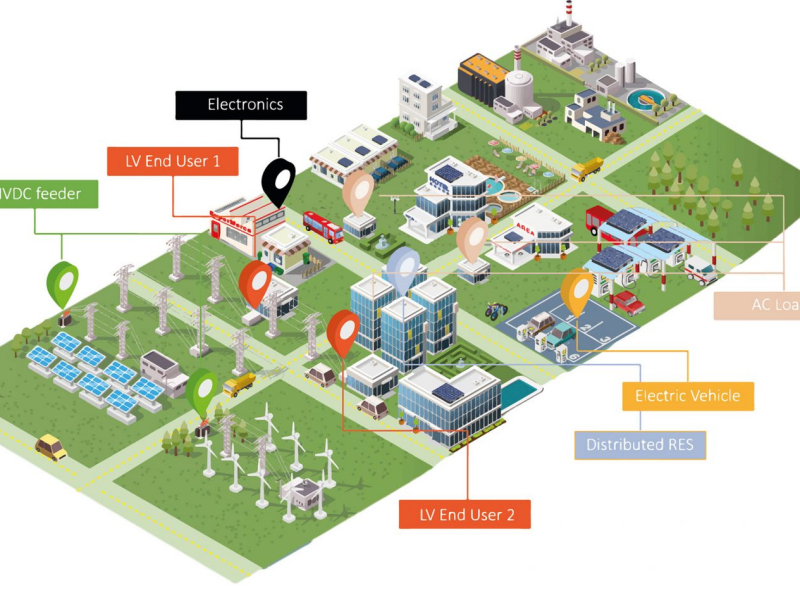Image: TIGON
Project TIGON, aimed at designing a hybrid AC/DC microgrid system has reported satisfactory progress at its mid-way point.
Project TIGON, launched in January 2020 with EU Horizon 2020 funding, is aiming to develop solutions to overcome the challenges of moving from the traditional AC-based grids to a DC-based infrastructure used by most renewables and modern electrical devices and that could advance Europe’s green energy ambitions.
The project consortium comprised of 15 partners from eight countries is focussed on demonstrating hybrid microgrid solutions to integrate DC loads while maintaining the reliability, resilience and performance of the networks.
Two demonstrations are planned at the Centre for the Development of Renewable Energies (CEDER) in Soria in northern Spain and at the Institute for Solar Energy in Le Bourget-du-Lac in southeastern France.
The solutions will then be replicated in two use cases – a public metro network in Sofia, Bulgaria and a residential district in Finland, which will serve as niche markets for assessing their further rollout.
TIGON is developing both hardware and software components for the monitoring, control and management of DC grids.
The key hardware components are a solid state transformer, silicon carbide DC/DC converters, DC protection schemes and a medium voltage DC photovoltaic plant.
On the software side the main components are wide area monitoring protection and control, an energy management system, a decision support tool for DC-based grids and a cybersecurity defence system.
Following the mid-October first in-person meeting of the project team, project manager Montserrat Lanero from the Spanish research centre Fundación CIRCE reported that the project is generally unfolding according to plan.
“Now our sights are set on preparing TIGON solutions for their deployment at the demo sites so that we can start the operation of these sites, which will be a major new phase in TIGON.”
While most aspects are stated to be progressing on time, the supply chain constraints have impacted some of the equipment deliveries and thus the demonstration scheduling.
